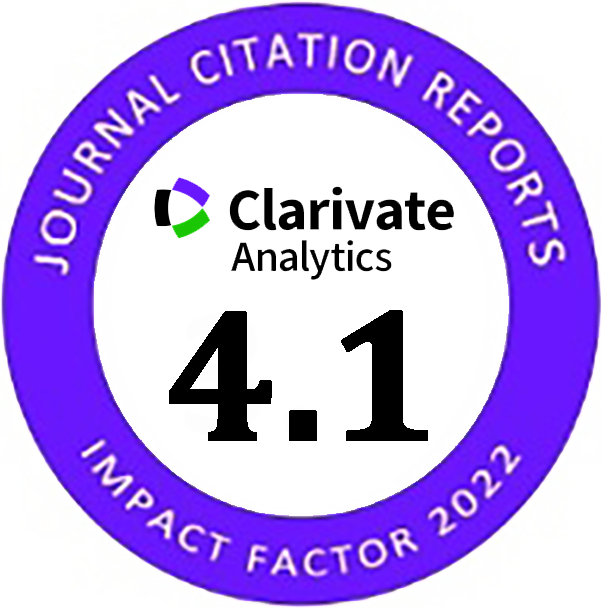Design of Controlled Pre-Split Blasting in a Hydroelectric Construction Project
Abstract
Doi: 10.28991/CEJ-2023-09-03-05
Full Text: PDF
Keywords
References
Paine, R. S., Holmes, D. K., & Clark, H. E. (1962). Controlling Over-break by Pre-splitting. Proceedings of an International Symposium on Mining research, February, 1962, University of Missouri, Columbia, United States.
Singh, P. K., Roy, M. P., & Paswan, R. K. (2014). Controlled blasting for long term stability of pit-walls. International Journal of Rock Mechanics and Mining Sciences, 70, 388–399. doi:10.1016/j.ijrmms.2014.05.006.
Kadiri, I., Tahir, Y., Iken, O., Fertahi, S. E. D., & Agounoun, R. (2019). Experimental and statistical analysis of blast-induced ground vibrations (BIGV) prediction in Senegal’s quarry. Studia Geotechnica et Mechanica, 41(4), 231–246. doi:10.2478/sgem-2019-0025.
Paurush, P., Rai, P., & Sharma, S. K. (2021). Selection of Blasting Design Parameters Affecting Peak Particle Velocity—a Case Study. Mining, Metallurgy and Exploration, 38(3), 1435–1447. doi:10.1007/s42461-021-00408-9.
Calder, P. N., & Tuomi, J. N. (1980). Control Blasting At Sherman Mine. Proceedings of the 6th Annual Conference on Explosives and Blasting Technique, Montville, Australia.
Lu, W., Chen, M., Geng, X., Shu, D., & Zhou, C. (2012). A study of excavation sequence and contour blasting method for underground powerhouses of hydropower stations. Tunnelling and Underground Space Technology, 29(29), 31–39. doi:10.1016/j.tust.2011.12.008.
Zhang, Z., Zhang, N., Shimada, H., Sasaoka, T., & Wahyudi, S. (2017). Optimization of hard roof structure over retained Goaf-side Gateroad by pre-split blasting technology. International Journal of Rock Mechanics and Mining Sciences, 100, 330–337. doi:10.1016/j.ijrmms.2017.04.007.
International Society of Explosive Engineers (ISEE). (2020). ISEE Blaster’s Handbook (18th Ed.). International Society of Explosives Engineers, Cleveland, United States.
Onederra, I. A., Catalan, A., & Quidim, J. (2016). Evaluating pre-split performance through direct measurements of near field acceleration, particle velocity and gas pressure. Mining Technology, 1–11. doi:10.1179/1743286315y.0000000023.
Konya, A.J. & Konya, C.J. (2022). The Development of Pressure to Young Modulus Models for Precision Pre-split Blasting. European Federation of Explosives Engineers, February 2021, 30-39.
Xu, M. B., & Peng, D. H. (2008). Parameter optimization of the slope pre-splitting blasting. Baozha Yu Chongji / Explosion and Shock Waves, 28(4), 355–359.
Dai, J. (2005). Study on parameters of directional-split blasting based on protecting effectively remaining rock. Liaoning Gongcheng Jishu Daxue Xuebao/Journal of Liaoning Technical University (China), 24(3), 369-371.
Monjezi, M., Amini Khoshalan, H., & Yazdian Varjani, A. (2011). Optimization of Open pit Blast Parameters using Genetic Algorithm. International Journal of Rock Mechanics and Mining Sciences, 48(5), 864–869. doi:10.1016/j.ijrmms.2011.04.005.
Hao, H., Wu, C., & Seah, C. C. (2002). Numerical analysis of blast-induced stress waves in a rock mass with anisotropic continuum damage models Part 2: Stochastic approach. Rock Mechanics and Rock Engineering, 35(2), 95–108. doi:10.1007/s006030200013.
Wang, Z., Wu, G., & Zhou, L. (2022). Optimization of pre-splitting blasting hole network parameters and engineering applications in open pit mine. Applied Sciences (Switzerland), 12(10), 4930. doi:10.3390/app12104930.
Eades, R. Q., & Perry, K. (2019). Understanding the connection between blasting and high wall stability. International Journal of Mining Science and Technology, 29(1), 99–103. doi:10.1016/j.ijmst.2018.11.016.
McKenzie, C., & Holley, K. (2004). A study of damage profiles behind blasts. Proceedings of the 30th Annual Conference on Explosives and Blasting Technique, 1-4 February, 2004, New Orleans, United States.
Saharan, M. R., & Mitri, H. S. (2008). Numerical procedure for dynamic simulation of discrete fractures due to blasting. Rock Mechanics and Rock Engineering, 41(5), 641–670. doi:10.1007/s00603-007-0136-9.
Kadiri, I., Tahir, Y., Fertahi, S. ed D., Iken, O., Dlimi, M., Agounoun, R., & Sbai, K. (2020). Measurement and 2d axisymmetric modeling of mining blast-induced ground vibrations. Indian Geotechnical Journal, 50(1), 96–116. doi:10.1007/s40098-019-00388-0.
Hu, Y., Lu, W., Chen, M., Yan, P., & Yang, J. (2014). Comparison of blast-induced damage between presplit and smooth blasting of high rock slope. Rock Mechanics and Rock Engineering, 47(4), 1307–1320. doi:10.1007/s00603-013-0475-7.
Dumont, J. F. (1986). Identification by remote sensing of the Sanaga accident (Cameroon). Its position in the context of the great accidents of Central Africa and the northern limit of the Congolese Craton. Géodynamique, 1, 13-19. (In French).
Olivry, J. C. (1986). Rivers and streams of Cameroon. MESRES-ORSTOM: Paris, France.
Feng, X. T., & Hudson, J. A. (2010). Specifying the information required for rock mechanics modelling and rock engineering design. International Journal of Rock Mechanics and Mining Sciences, 47(2), 179–194. doi:10.1016/j.ijrmms.2009.12.009.
Carlos, L. J., Emilio, L. J., Francisco, J. A. C., & Yvonne Visser de, R. (2017). Drilling and Blasting of Rocks. Routledge, London, Unite Kingdom. doi:10.1201/9781315141435.
Chiappetta RF. (2001). The importance of pre-splitting and field controls to maintain stable high walls, and eliminate coal damage and overbreak. Tenth high-tech seminar on State of the art, blasting technology, instrumentation, and explosives application, GI-48, 22–26 July, 2001, Nashville, United States.
DOI: 10.28991/CEJ-2023-09-03-05
Refbacks
- There are currently no refbacks.
Copyright (c) 2023 YOUNES TAHIR

This work is licensed under a Creative Commons Attribution 4.0 International License.







